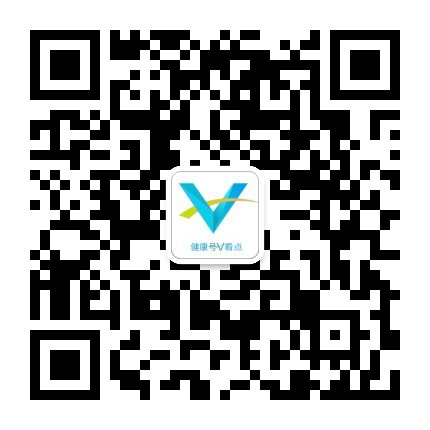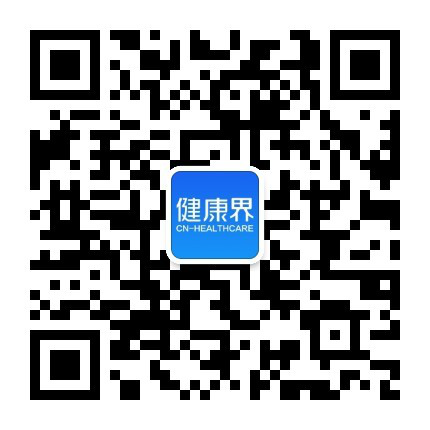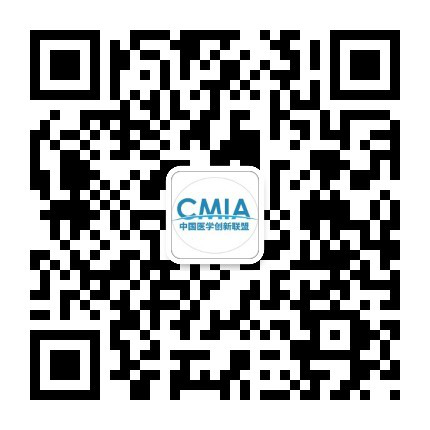氯胺酮、异丙酚和右美托咪定麻醉效果大比较
本文由“小麻哥的日常"授权转载
摘要译文(供参考)
氯胺酮、异丙酚和右美托咪定在电休克治疗中的麻醉效果: 一项双盲随机临床试验 电休克疗法(ECT)是心理障碍患者拒绝服药的治疗机会之一。 我们试图系统地比较氯胺酮、异丙酚和右美托咪定在抗抑郁障碍患者电休克治疗中的麻醉效果。 这项双盲试验纳入了阿米尔·卡比尔医院精神科病房(伊朗阿拉克)接受ECT治疗的抗治疗性重度抑郁症患者(n=85)。 氯胺酮、异丙酚和右美托咪定组分别接受0.2μg/kg氯胺酮、1.5 mg/kg异丙酚和0.8 mg/kg右美托咪定。 在所有干预组中,静脉注射10mL干预药物10分钟,在安慰剂组中,在同一时间内注射10mL生理盐水。 右美托咪定组的血压始终相对较低。右美托咪定治疗的患者表现出显著的满意度,而使用异丙酚治疗的患者恢复时间更短,发作持续时间更短,达到Aldrete评分9-10的时间更短,肌肉松弛度增加。 其次是右美托咪定,产生较深的松弛度。异丙酚可以缩短恢复时间和发作持续时间,增强肌松,而右美托咪定与患者满意度较高有关。 考虑到任何不缩短发作持续时间的麻醉剂都可以有效地用于ECT,并且氯胺酮治疗的患者发作持续时间更长,因此可以从多个角度考虑首选药物,从而为需要ECT的抗药性重度抑郁障碍患者提供具有高度良好疗效的麻醉剂。
因此,药物的选择取决于身体状况、潜在疾病和心理医生咨询。
关键词:镇痛药;抑郁障碍;右美托咪定;电休克疗法;氯胺酮;异丙酚;心理障碍;
Efficacy of ketamine, propofol, and dexmedetomidine for anesthesia in electroconvulsive therapy in treatment-resistant major depressive disorder patients: a double-blind randomized clinical trial Electroconvulsive therapy (ECT) is one of the therapeutic opportunities for patients with psychological disorders when they may decline to take medication. We sought to systematically compare the anesthetic efficacy of ketamine, propofol, and dexmedetomidine for electroconvulsive therapy in treatment-resistant major depressive disorder patients. This double-blind trial enrolled treatment-resistant major depressive disorder patients (n = 85) who had been hospitalized for ECT in the Amir Kabir Hospital's psychiatric ward (Arak, Iran). The ketamine, propofol, and dexmedetomidine groups received a dose of 0.2 μg/kg ketamine, 1.5 mg/kg propofol, and 0.8 mg/kg dexmedetomidine, respectively. In all intervention groups, 10 mL of interventional drugs was injected intravenously for 10 minutes, and in the placebo group, 10 mL of normal saline was given over the same period. The dexmedetomidine group's blood pressure was revealed comparatively lower at all times. Dexmedetomidine-treated patients showed their marked satisfaction, while those treated with propofol had shorter recovery time, shorter seizure duration, and shorter time to achieve an Aldrete score of 9-10 and increased relaxation, and next dexmedetomidine produced deeper relaxation. Propofol could shorten recovery time and seizure duration, and enhance relaxation, while dexmedetomidine was associated with higher patient satisfaction. Considering that any anesthetic which does not shorten seizure duration may serve efficiently for ECT and that ketamine-treated patients had more prolonged seizure duration, the preferred drug can hence be considered from various angles, thereby offering anesthetic agents with highly favorable efficacy in treatment-resistant major depressive disorder patients needing ECT. The drug choice thus depends on physical conditions, underlying diseases, and psychiatrist consultation. Keywords: analgesics; depressive disorder; dexmedetomidine; electroconvulsive therapy; ketamine; propofol; psychological disorders; seizure
免责声明:
本微信公众平台所刊载原创或转载内容不代表米勒之声的观点或立场。文中所涉及药物使用、疾病诊疗等内容仅供医学专业人士参考。
—END—
编辑:Michel.米萱
校对:Mijohn.米江
不感兴趣
看过了
取消
不感兴趣
看过了
取消
精彩评论
相关阅读





 打赏
打赏


















 010-82736610
010-82736610
 股票代码: 872612
股票代码: 872612




 京公网安备 11010802020745号
京公网安备 11010802020745号


